iGCSE Electricity Topic: Circuits and Diagrams
5.0(1)
5.0(1)
Card Sorting
1/28
Earn XP
Description and Tags
Study Analytics
Name | Mastery | Learn | Test | Matching | Spaced |
|---|
No study sessions yet.
29 Terms
1
New cards
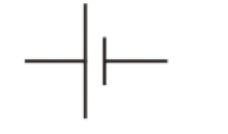
\
cell
2
New cards
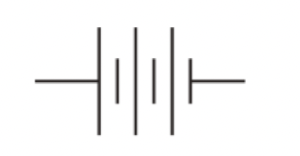
\
battery
3
New cards
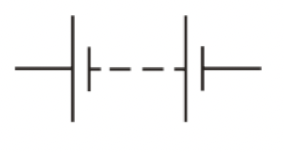
battery
4
New cards
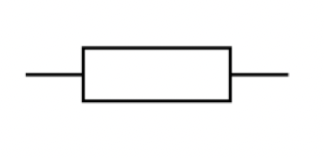
resistor
5
New cards
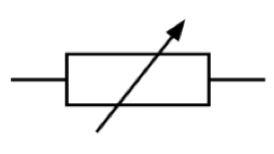
variable resistors
6
New cards
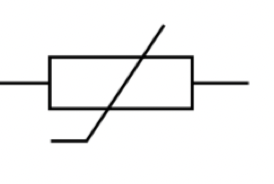
thermistor
7
New cards
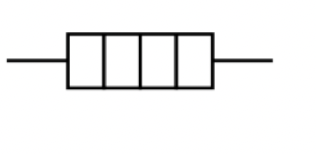
heater
8
New cards
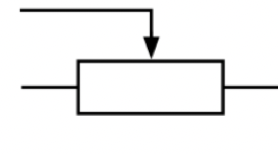
potential divider
9
New cards
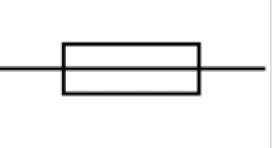
fuse
10
New cards
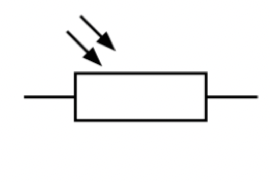
light dependent resistors
11
New cards

switch
12
New cards
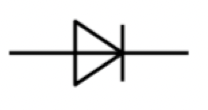
diodes
13
New cards
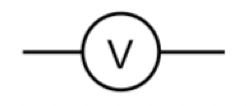
voltmeter
14
New cards
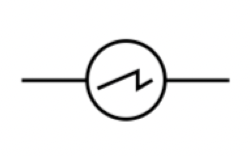
oscilloscopes
15
New cards
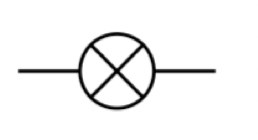
lightbulb
16
New cards
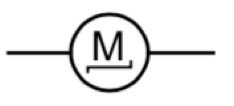
motor
17
New cards
cell
These are individual stores of chemicals which are used to create an EMF, like the ones you’ve made in chemistry. The batteries you put in your TV remote are lots of cells joined together. **The long side is positive and the short side is negative.**
18
New cards
battery
If a battery is made of several cells together, then it makes sense for the symbol to be several cell symbols together. It can be drawn two ways.
19
New cards
resistors
A generic resistor that has no job other than to slow down the current by a set amount is depicted like a box
20
New cards
variable resistors
This is a resistor that we can change the resistance of These are used in dimmer switches, thermostats, etc…
21
New cards
thermistors
This is another type of variable resistor, but the amount of resistance is controlled by the temperature instead of a person.
22
New cards
heaters
Most resistors dissipate their energy by heat. An electric heater is actually just a really big resistor. It looks like a resistor with stripes.
23
New cards
light dependent resistors
This is another type of variable resistor, but the amount of resistance is controlled by the light shining on it instead of a person.
24
New cards
fuses
This is a resistor that is designed to break if there is too much current flowing through it.
25
New cards
potential dividers
This is resistor to which a third wire can be attached to allow some of the current to skip part of it, putting less resistance on that current. It looks like a resistor with a third wire pointing to it.
26
New cards
switches
This is exactly what it sounds like, it turns off or on the part of the circuit it is in by breaking or completing the circuit.
27
New cards
diodes
A diode only allows a current to flow through in one direction (the direction it is pointing). This can be useful to protect certain devices that only work if the current flows the right way, or **for turning AC in to DC**.
28
New cards
voltmeter
As the name suggests, these are used to measure the potential difference across a part of the circuit.
29
New cards
oscilloscopes
They are used to electronically graph the current or voltage flowing through them. They are usually used to measure an alternating current.